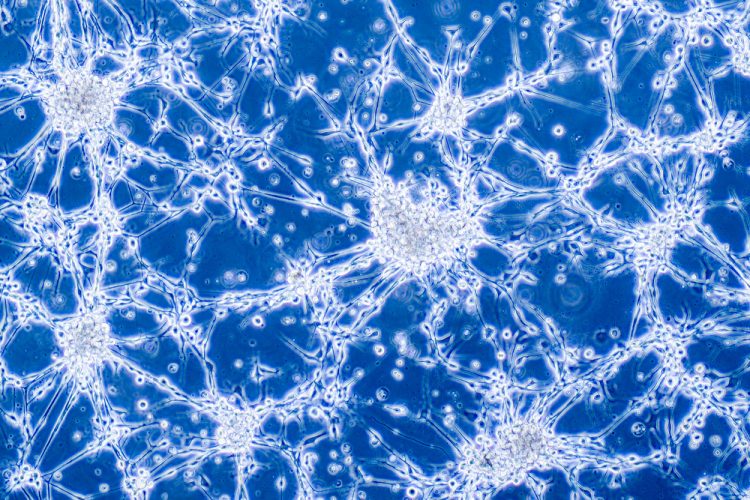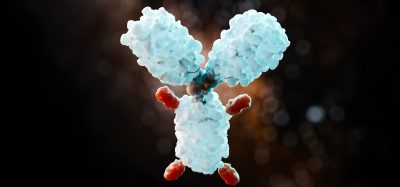Drug intended to treat Alzheimer’s may hold promise for glioblastoma
Posted: 24 November 2021 | Anna Begley (Drug Target Review) | No comments yet
Verubecestat demonstrated poor results in Alzheimer’s trials, but helped suppress tumours in pre-clinical glioblastoma models.


A new study from the Cleveland Clinic, US, has found that found that drugs originally designed to help treat Alzheimer’s disease may hold promise for glioblastoma, the most common and lethal type of primary brain tumour.
A class of drugs called BACE1 inhibitors were once among the most anticipated candidates for treating Alzheimer’s disease. They act by inhibiting the protein, called BACE1, that is responsible for producing β-amyloid plaques in the brain. After demonstrating poor efficacy in clinical trials, the neuroscience field has since moved away from BACE1 inhibitors.
However, BACE1 is also expressed on tumour-associated macrophages (TAMs) that are found in the tumour microenvironment, or the non-cancer cell components of solid tumours. Tumour-associated macrophages are particularly abundant in glioblastoma, prompting the research team to wonder if BACE1 inhibitors may be effective in treating or preventing the highly aggressive form of brain cancer.
“There are two main types of TAMs,” explained Dr Shideng Bao who led the study. “Most TAMs are tumour-promoting and contribute to treatment resistance, but there are some that are tumour-suppressing. If we can develop a therapeutic that manipulates this balance — tipping the scales so that there are more tumour-suppressing TAMs — perhaps we can better treat glioblastoma.”
In this study, published in Nature Cancer, the researchers screened a wide-range of compounds to identify the most promising candidates against tumour-promoting macrophages (pTAMs), revealing a BACE1 inhibitor called MK-8931 (verubecestat). They found that treating human-derived pre-clinical models of glioblastoma with verubecestat reprogrammed pTAMs into tumour-suppressing macrophages (sTAMs). As a result, the more abundant sTAMs helped destroy tumour cells, including glioma stem cells, which are a particularly aggressive type of cancer cell that can self-renew and repopulate a tumour.
“We found that these changes significantly reduced tumour growth. The benefits were even more pronounced when verubecestat was administered in combination with low-dose radiation, since that enhances TAM infiltration into the tumour.” Bao added.
NEWS: Researchers discover new link between CRISPR, p53 and cancer
The researchers further suggest that verubecestat’s ability to transform pTAMs into sTAMs may be related to the activity of three molecules, including IL-6 (interleukin 6) and its receptor sIL-6R, as well as STAT3 (signal transducer and activator of transcription 3). These molecules, together with BACE1 —which is more abundantly expressed on pTAMs than sTAMs — form a signalling cascade that ultimately helps maintain the pro-cancer properties of pTAMs. Inhibiting BACE1, like with verubecestat, interrupts this signalling pathway.
“Verubecestat has already been approved for use in humans because of its prior testing for Alzheimer’s disease which would help speed the translation of our promising pre-clinical findings,” continued Bao. “This is a major benefit of drug repurposing — being able to bridge the gap from pre-clinical research to clinical testing, which can often be a lengthy process.”
Related topics
Drug Repurposing, Molecular Biology, Molecular Targets, Neurosciences, Oncology, Therapeutics
Related conditions
Glioblastoma
Related organisations
Cleveland Clinic
Related people
Shideng Bao







